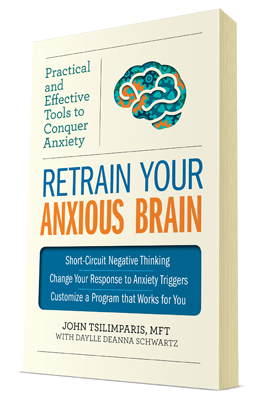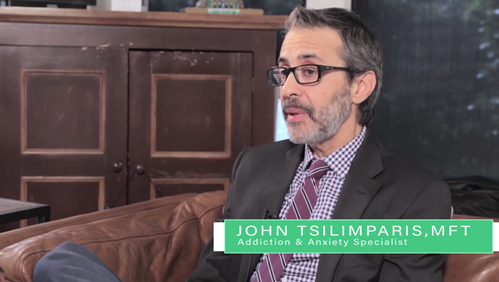What is Obsessive Compulsive Disorder (OCD)?
Obsessive Compulsive Disorder is a very common, but serious anxiety disorder that is believed to be caused by both biological factors and environmental factors. Left untreated, OCD can cause significant impairment and/or progressive deterioration in occupational and relational functioning. OCD is considered a neurobiological illness that is highly influenced by life stressors.
The hallmark of OCD is characterized by Obsessions and/or Compulsions that are very distressing and time consuming and interfere with personal relationships, role obligations (e.g. work and family) and normal routines of daily living.
Obsessions are persistent, recurrent and intrusive thoughts, ideas and images that are typically dark and scary and cause sufferers a great deal of distress. Compulsions are the repetitive and ritualistic behaviors or mental acts that are performed in response to the obsessions. The compulsions are performed in hopes of neutralizing the fear that arises from the intrusive thoughts. Once an individual experiences the minor relief from the obsession by performing the behavior, the behavior is then repeated ritualistically over and over again.
According to the DSM-IV (Diagnostic and Statistical Manual for Mental Disorders), OCD is characterized by the following criteria:
Obsessions:
- recurrent and persistent thoughts, impulses, or images that are experienced at some time during the disturbance, as intrusive and inappropriate and that cause marked anxiety or distress
- the thoughts, impulses, or images are not simply excessive worries about real-life problems
- the person attempts to ignore or suppress such thoughts, impulses, or images, or to neutralize them with some other thought or action
- the person recognizes that the obsessive thoughts, impulses, or images are a product of his or her own mind (not imposed from without as in thought insertion)
Compulsions:
- repetitive behaviors (e.g., hand washing, ordering, checking) or mental acts (e.g., praying, counting, repeating words silently) that the person feels driven to perform in response to an obsession, or according to rules that must be applied rigidly
- the behaviors or mental acts are aimed at preventing or reducing distress or preventing some dreaded event or situation; however, these behaviors or mental acts either are not connected in a realistic way with what they are designed to neutralize or prevent or are clearly excessive


